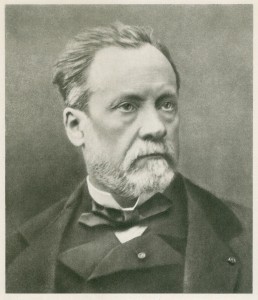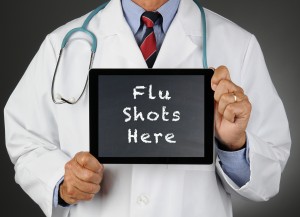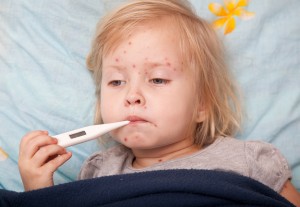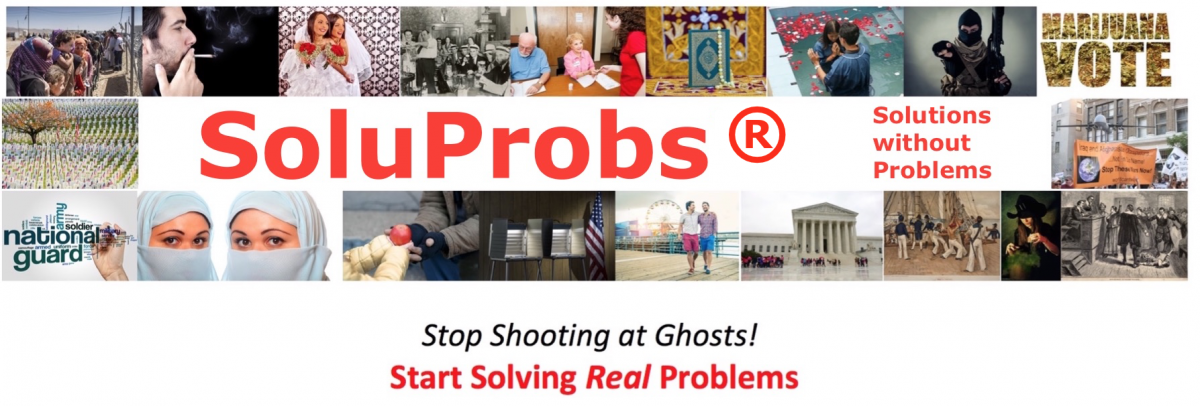Let me know what you think
Presumed Problem
It has been asserted that vaccinations, such as flu shots or children’s innoculations are more dangerous than the illnesses they are intended to prevent.
Solution
Stop vaccination programs, especially for kids.
Narrative
It would be impossible to estimate how many human lives have been saved thanks to the  research and experimentation of Edward Jenner and Louis Pasteur in their developing the idea and procedures for immunization against diseases through vaccination. When people contract a disease like smallpox or influenza, their bodies set to work creating anti-bodies to counteract the disease. If they are lucky enough to survive the disease, they are subsequently immune to it. Vaccination involves infecting the patient with a very small dose of the disease, leading the patient’s body to create those anti-bodies that will protect against the real thing should the patient later be exposed to it.
research and experimentation of Edward Jenner and Louis Pasteur in their developing the idea and procedures for immunization against diseases through vaccination. When people contract a disease like smallpox or influenza, their bodies set to work creating anti-bodies to counteract the disease. If they are lucky enough to survive the disease, they are subsequently immune to it. Vaccination involves infecting the patient with a very small dose of the disease, leading the patient’s body to create those anti-bodies that will protect against the real thing should the patient later be exposed to it.
You are probably familiar with this process in two ways. First, children in modern societies are routinely vaccinated against such diseases as diphtheria, typhoid, measles, mumps, and rubella among other potential threats. If you are older, you may have formed the habit of getting an  annual flu shot and a periodic pneumonia shot. These have become standard fixtures in modern life. (I haven’t had the flu in years.)
annual flu shot and a periodic pneumonia shot. These have become standard fixtures in modern life. (I haven’t had the flu in years.)
There has always been a small degree of resistance to the practice of vaccinations, especially for young children, but that has been a distinctly minority view. Beginning in 2011, however, this resistance gained political currency and some politicians were urging parents to avoid vaccinating their children. In one well-known instance, then-Congresswoman and Republican presidential hopeful Michelle Bachmann reportedly was contacted by a supporter who said her child had developed autism subsequent to being vaccinated. Bachmann concluded from that story that vaccinations may cause autism, and the bandwagon began.
 Two years earlier, Governor Rick Perry of Texas, another Republican candidate for President, had ordered that sixth-grade girls be vaccinated against human papilloma virus, or HPV, which can cause cervical cancer. As the primary campaign heated up, Bachmann had an issue that distinguished her from Perry.
Two years earlier, Governor Rick Perry of Texas, another Republican candidate for President, had ordered that sixth-grade girls be vaccinated against human papilloma virus, or HPV, which can cause cervical cancer. As the primary campaign heated up, Bachmann had an issue that distinguished her from Perry.
Soon, most politicians were being routinely asked where they stood on childhood vaccination. Many tried to evade the question, often taking the libertarian position that parents should decide for  themselves. Senator Rand Paul, M.D., went a step further, reporting that in the Swine Flu scare of 2009, more people died of the shot than of the flu. However, he offered no numbers to flesh out that claim.
themselves. Senator Rand Paul, M.D., went a step further, reporting that in the Swine Flu scare of 2009, more people died of the shot than of the flu. However, he offered no numbers to flesh out that claim.
Was the Problem Real?
There are so many forms of vaccine used with so many different kinds of people in different situations that it would probably be foolhardy to make global generalizations. However, there has been enough research on the 2009 Swine Flu epidemic that we can test the assertion made by Rand Paul.
During the pandemic itself estimates of deaths varied widely, partly due to a varying quality of medical reporting in different countries. Other factors complicated the accounting. Let’s say you are an older person, coping with a chronic cardiovascular problem. As long as you watch your  behavior and take your medication, you get by. However, the flu could very well push you over the edge and into cardiac arrest. The cause of death, then would probably be recorded as heart attack, even though the flu was what prompted your demise. For several years following the pandemic, it was commonly reported that the number of deaths was between 151,700 and 579,000—quite a range.
behavior and take your medication, you get by. However, the flu could very well push you over the edge and into cardiac arrest. The cause of death, then would probably be recorded as heart attack, even though the flu was what prompted your demise. For several years following the pandemic, it was commonly reported that the number of deaths was between 151,700 and 579,000—quite a range.
By 2013, an international group of scientists had evaluated and analyzed all the data available from around the world and concluded that as many as 203,000 people died of the swine flu. As large a number of deaths as that represented, Senator Paul asserted even more died of the flu shots.
Worldwide that year, it is estimated that fewer than 1500 people died of the flu shot, however. In short Dr. Paul’s report was off by more than a factor of more than 100 to 1. In case 1500 deaths worldwide still seems like a lot, it is worth noting that 22,000 Americans died that year due to reactions to presecribed drugs.
Clearly, people were better advised to get vaccinated than to avoid it. The problem he and his colleagues sought to “solve” didn’t exist. However, the “solution” had consequences of its own.
Negative Consequences
Many parents became so confused that they chose what they regarded as the conservative path and withheld vaccinating their children. One consequence was a widespread measles epidemic in  California. Not only were schoolchildren suffering the preventable disease but vulnerable populations, such as the very elderly and very young were put at risk.
California. Not only were schoolchildren suffering the preventable disease but vulnerable populations, such as the very elderly and very young were put at risk.
In the midst of this public health regression, another rumor began to spread. It was said that those who were vaccinated could infect those who were not. The medical community’s response was that (1) it was conceivable but would be extremely rare and (2) if it did happen, the unvaccinated party would “catch the vaccine,” not the disease itself. In other words, they would become vaccinated.
© Earl Babbie 2016, all rights reserved Terms of Service/Privacy
Sources
Bahar Gholipour, “2009 Swine-Flu Death Toll 10 Times Higher Than Thought,” LiveScience, November 26, 2013 – http://www.livescience.com/41539-2009-swine-flu-death-toll-higher.html – accessed September 24, 2015
The Skeptical Libertarian, “By the Numbers: Did more people die from the swine flu vaccine than from swine flu?” September 16, 2014 — http://blog.skepticallibertarian.com/2014/09/16/by-the-numbers-did-more-people-die-from-the-swine-flu-vaccine-than-from-swine-flu/ — accessed October 3, 2015

